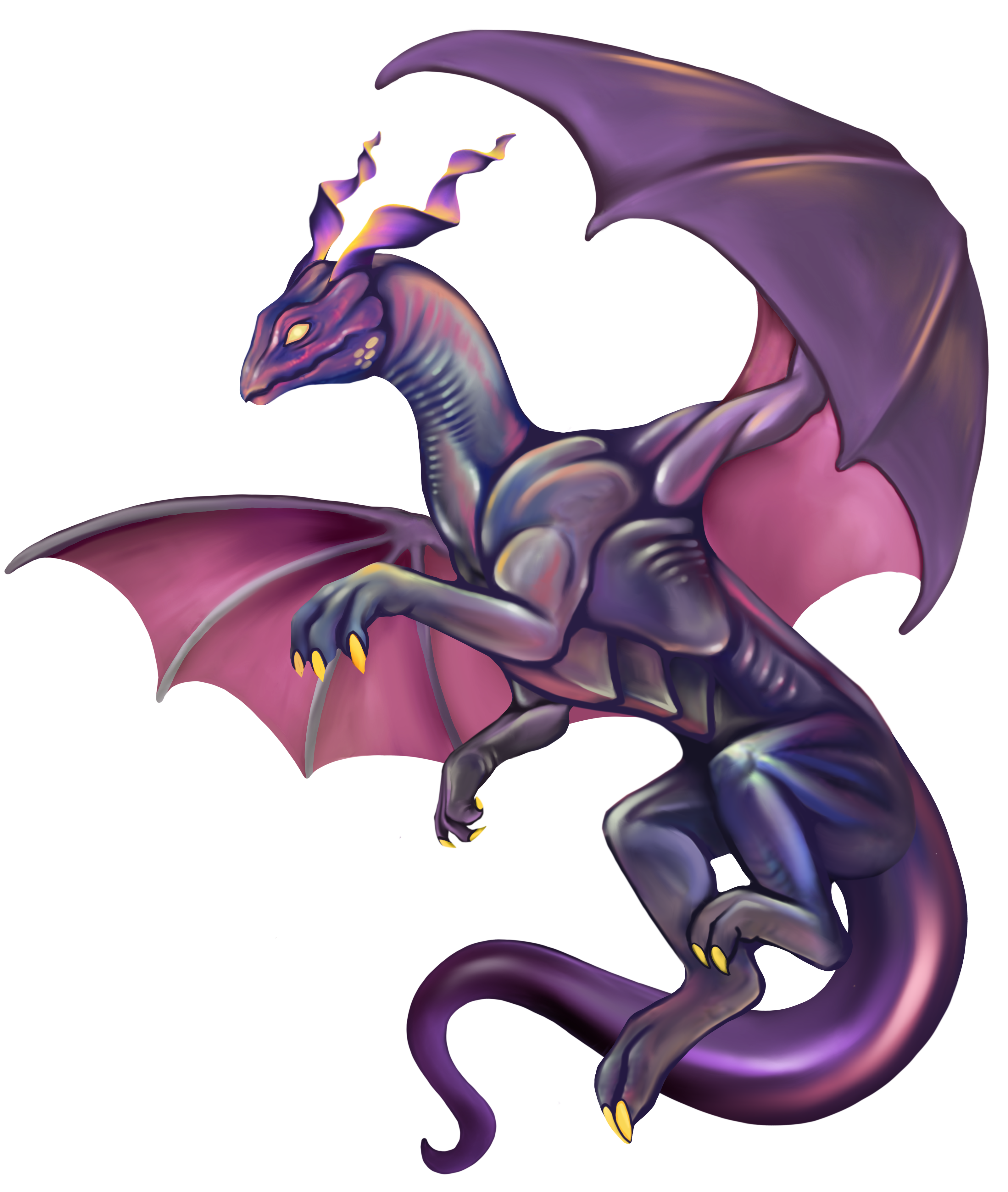Drake Riding
 Are you interested in danger and thrills?
Are you interested in danger and thrills?
And are you dedicated and have a love for all creatures, great and small…mostly great? If you answered yes, then maybe drake riding is for you. Drakes, for many, are a staple in day to day life and for some, drakes are a requirement for their occupation. Drakes vary in size, temperament, and use. That being said, owning a drake requires general temperament and care classes. Classes are often offered by breeders, and in nations with a large population of drake owners, handling is taught in classrooms. While you do not have to have a certification or permit to own drakes, education is drilled into everyone’s head at a very young age due to the varying volatility of the beasts. However, to begin drake riding, you must take classes and obtain a drake riding designation or certification. Rules for certification are set by the nation of residence, but vary very little from nation to nation. Variances are generally related to the issuer of the certification, for example, the military or a school. There are four levels of drake riding with additional classes offered at top tier levels for specialization. The levels are novice, beginner, intermediate, and expert.
Novice riders have zero to very little experience.
At this level, riding is often an activity parents will put their children in to learn how to interact with nature and make friends. While there are several children that attend these classes very few advance to the top tiers of riding. If a novice was not introduced to riding as a child schooling can also be found for adults. Militaries offer courses beginning at novice and often require their soldiers to be at minimum novice drake riders. Novice drake riders will never leave the ground and it is comparable to intermediate equestrian training.
Beginner riders have mastered the art of riding on land and begin to take to the skies; this is where the real fun starts.
Novice riders that are at least 10 years of age, exceptions are made for ildera, and have completed their novice certification may begin the next step in their drake riding journey. Approximately 75% of riders who complete the novice level of riding take beginner classes. Amateur racing takes place at the beginner level and is arguably the most dangerous stage of the ranking system. Many riders feel they are equipped to handle bigger and stronger drakes and they may become overpowered by a drake or simply dropped off the drake’s back while in the air. You’ll also find that many criminals that try to use or steal drakes are generally true beginners. Never underestimate a drake.
The real talent starts to show and a solid paycheck begins at the intermediate level.
Most farmer’s who primarily work with drakes are of this level. Professional drake racing begins at the intermediate level and the Intermediate Drake Racing League (IDRL for you sports fans) is a thriving industry. The IDRL sees many former equestrian jockeys and a lot of young hot shots who think they have what it takes to advance to expert. Intermediate riders also feed the war machine. Soldiers of the intermediate level will start to see combat and be used often, generally in deadly combat or secret scouting missions. There are a few stationary carnivals, primarily in Venoch, and traveling circuses that use drakes as entertainment. The more reputable companies require that all handlers be a minimum of intermediate certified, but often they require experts to ensure no one is harmed during their shows. A sharp decline of riders make it to the intermediate level, around 40% of beginner riders make it here.
Approximately 20% of all intermediate riders obtain the rank of expert or 6% of all riders.
Experts are sought after in war to turn the tides of battle or they can make topnotch winnings in the Expert Drake Racing League (EDRL). A handful of students who master the art of drake riding specialize in the study and care of the beasts, none more so than the zi’Snorap family of Darastrix. Obtaining the rank of expert takes time, most students invest a minimum of a decade chasing the goal of expert. Experts are capable of being one with their drake, navigating the air, and trusting that together they can make death-defying maneuvers and showcase their skills to end up where needed.
The most common uses of drakes are farming, military, and entertainment.
Drakes used for these reasons often come at a high cost and require a fully trained rider. Learn more below and see if one of these careers is right for you.
Farming is a boring task to some, but it is necessary.
Many put their life’s work into farming. Drakes, in many nations, work alongside horses and live among other farm animals. Farmers generally have intermediate to expert level training. Small modest farms lean toward intermediate, while large farms with several drakes in service require more than one expert level rider on staff to ensure that the drakes are handled properly. Clydang drakes are most often used in farming and their timid nature adds a layer of skill required for their handling, care, and riding.
The military is another common use of drakes.
Many war heroes have been made when soldiers and their drakes took to the skies. Ginlet drakes are most commonly used in war due to their ability to bond deeply with their owner and their protective nature. Most military riders have training that extends beyond expert level. Militaries of the world have their own special version of tactical training, almost all of which remain tightly kept secrets. If tactical secrets are released, nations will completely change their courses and retrain their entire military. While high-level training is required, during the Darkest War need was high and some lower-level riders went to war on any type of drake that could sustain flying with a rider on its back.
Entertainment drake riding can take a few different paths.
Drake riding circuits, IDRL and EDRL, are a huge sporting event for many throughout Vathis. There are nationwide and worldwide events. Becoming a top-notch racer takes a special rider and a special drake. Riders enjoy large paychecks but often have short careers due to injury or the constantly shifting roster of racers. Carnival and circus drake riders have the largest variance of riding level. Traveling circuses almost always include drakes as attractions in their performances. Attractions vary by risk with smaller petting zoo type attractions for the youngsters where riders are primarily caregivers and more daring acts like drake taming or trick drake riding. Stationary carnivals also offer petting zoos and their attractions ramp up to accompanied flights through the skies for those open to risk and seeking a thrill. All types of drakes have been used for entertainment purposes, it all depends on locations, rider, and job.


